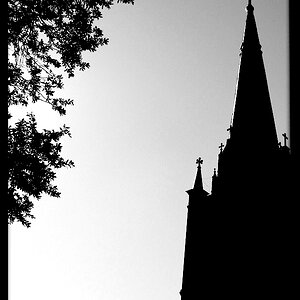Ysarex
Been spending a lot of time on here!
- Joined
- Nov 27, 2011
- Messages
- 7,137
- Reaction score
- 3,691
- Location
- St. Louis
- Can others edit my Photos
- Photos OK to edit
Derrel said:For a person "just learning photography", I think film is an utter waste of time,effort,and money.
This cannot be a serious statement.
Derrel has a tendency toward hyperbole, but I'd have to agree here that his statement is indeed serious and, minus the exaggeration, he's on the money correct.
You can get a great quality film SLR for less than a tenth of the cost for digitAl equipment. I just rounded $1000 in my digital setup last week when my new items arrived from amazon. I have $50.00 in my film equipment, and I own 3 film cameras.
I don't think the cost of the camera equipment is what's at issue here. But just for arguments sake let's assume the prospective student has a digital camera like my pocket camera which cost $300.00. My $300.00 digital camera will put down any 35mm film camera judged on the traditional technical characteristics of a quality photograph. No matter how good the camera the film ultimately determines the end result and my pocket digital camera beats all current 35mm film. Once past the initial camera investment the student can proceed to take as many photos as they want without additional cost. Since my digital camera is capable of full color then it's fair to compare no additional cost with approx. $9.00 per 36 exp. roll of color film + processing.
Your film cameras were purchased used. Can you buy a new one? I could buy my digital camera used for far less than $300.00. If you could buy one, what would a new 35mm film camera cost you?
So, please explain to me how this is such a "complete waste of money."
Film is an on-going cost. That $9.00 for a roll + processing doesn't include prints and it assumes crap processing. Buy good film and professional processing and if you shoot regularly it'll add up. When I was shooting film I was spending between $1500.00 and $2000.00 per year on just film and processing and that's light shooting. My Canon 5DmkII was paid for with less than 2 years of film and processing. There's your waste. Since I've owned the 5D I've shot thousands of additional dollars worth of film and processing for no additional cost. When I finally replace the 5D I'll be thousands of dollars ahead.
If anything, the limited amount of exposures will teach him to take his time and make every shot count. There is a difference between spray and pray, and what most people do with a dSLR. People now are putting 10-20k actuations on their equipment in a year, and only 10% of those actuations produced imagery that the photographer kept or turned out decent. The rest are just wasted actuations.
Just because you spray and pray with a digital camera doesn't mean everyone else has to do the same. You have no argument here. Other people can control themselves.
After calculating the cost of my equipment, printing costs, and equipment maintenance and replacement, I have determined that it costs me approximately $0.07 every single time I click the shutter on my D5k. That body is not going to last forever, so I need to make sure that each $0.07 shot that I take is worth the money. If its not, I might as well walk around town throwing 7 cents in the street every few minutes. If I took 150 photos with a 10% result, I just threw $10.00 out the window during my session.
After I got into shooting film, I have found myself returning with only 30 or so images, but they are all keepers.
Film is a GREAT tool to learn photography on. In fact, I encourage it.
Film can be a great tool to learn photography. It was for a very long time. Given a student who wants to learn photography and the option of film versus digital I will move the digital student along much faster than the film student. Given the cost of film and processing it's hard during a single college semester (I teach photography to college students) to expect the students to shoot much more than a dozen rolls of film. We try but they have real budgets. I can get a student with a digital camera to shoot that much in a week. Digital allows me to radically tighten the feedback loop for my students including immediate feedback with correction and further immediate feedback all the way to hard copy if desired. The value of that alone sweeps aside any possible advantage film might offer.
I used to teach in a studio/lab circumstance where we could build and light a set, shoot it, process the E6 ourselves during a break and then evaluate the results before breaking the set. That was almost as good as digital but it did take hours and hours longer. Can you do that? You really want to learn photography? Then you learn by correcting your mistakes and the closer you can bring the mistake and the correction together the faster and the better you will learn. Derrel understands that, and I know that.
Joe




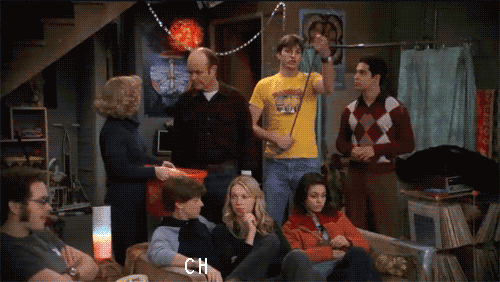

![[No title]](/data/xfmg/thumbnail/37/37100-48f2853fd9bcaf95edec62ff0be19ad3.jpg?1619737881)
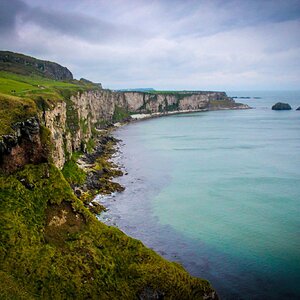

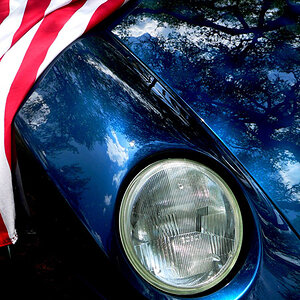

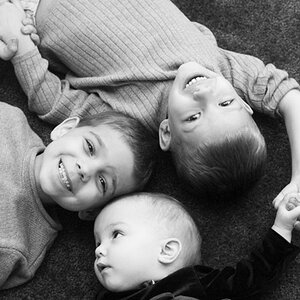
![[No title]](/data/xfmg/thumbnail/40/40309-c759bfd4ae7c079632e7402d21d332f1.jpg?1619739414)
![[No title]](/data/xfmg/thumbnail/42/42278-22ed940cbdc5888a28d9be36006594dc.jpg?1619740086)
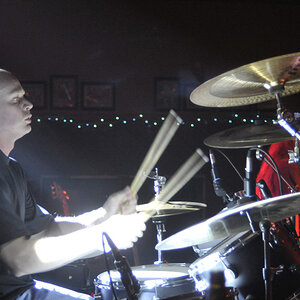
![[No title]](/data/xfmg/thumbnail/42/42277-63576745f84be96df79b94ca0f49e00b.jpg?1619740085)
